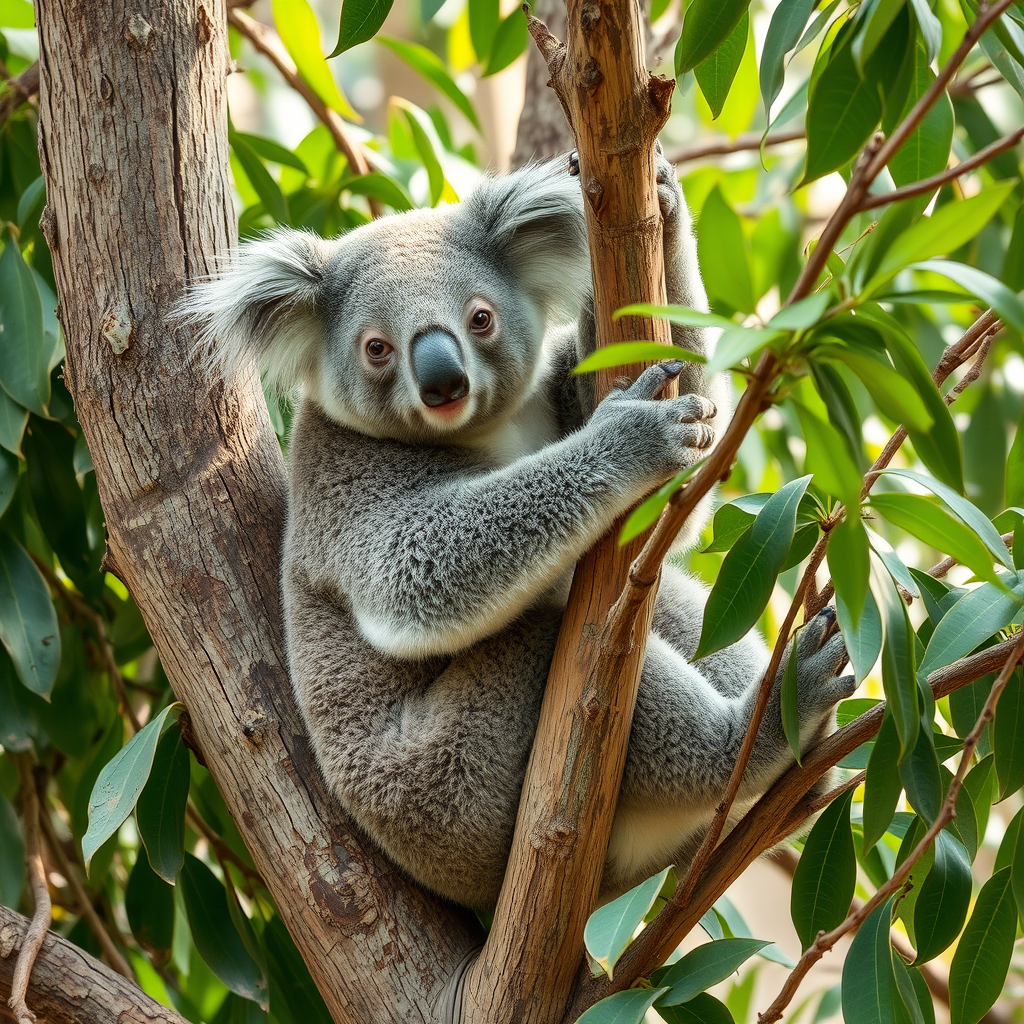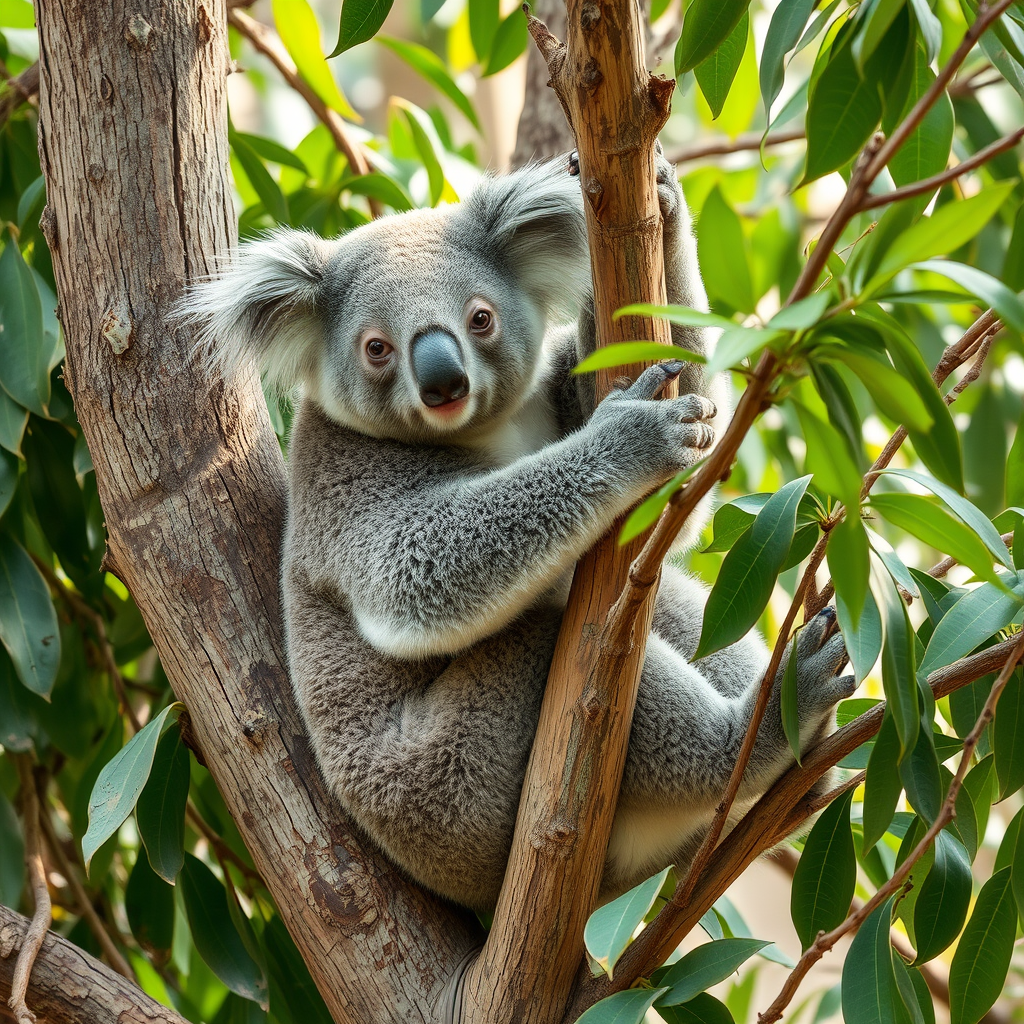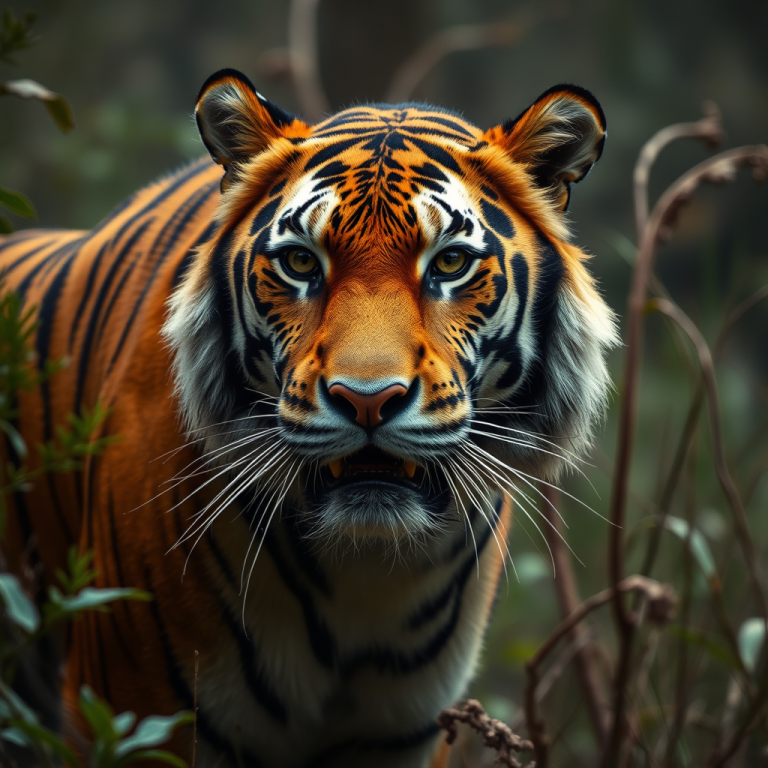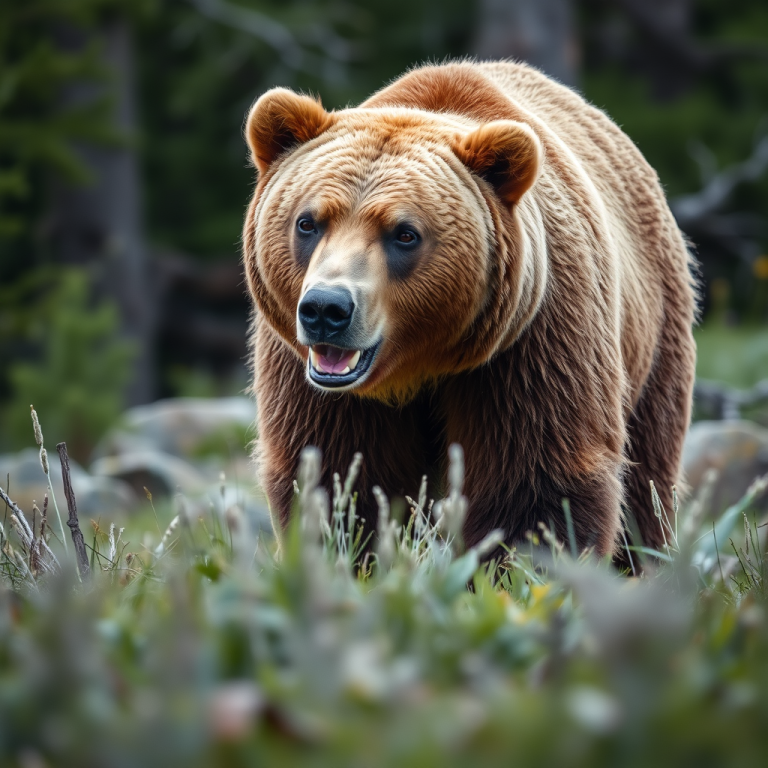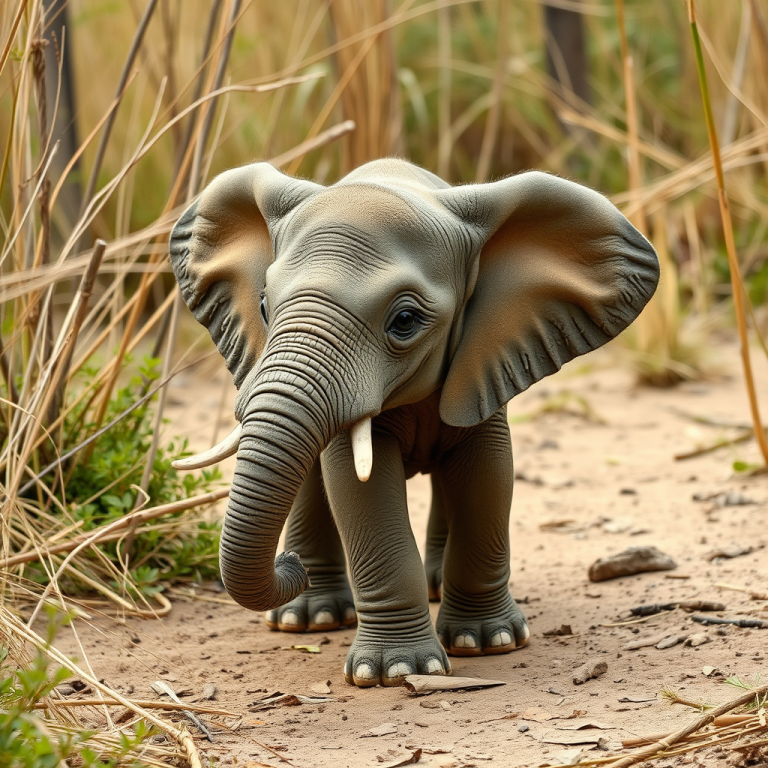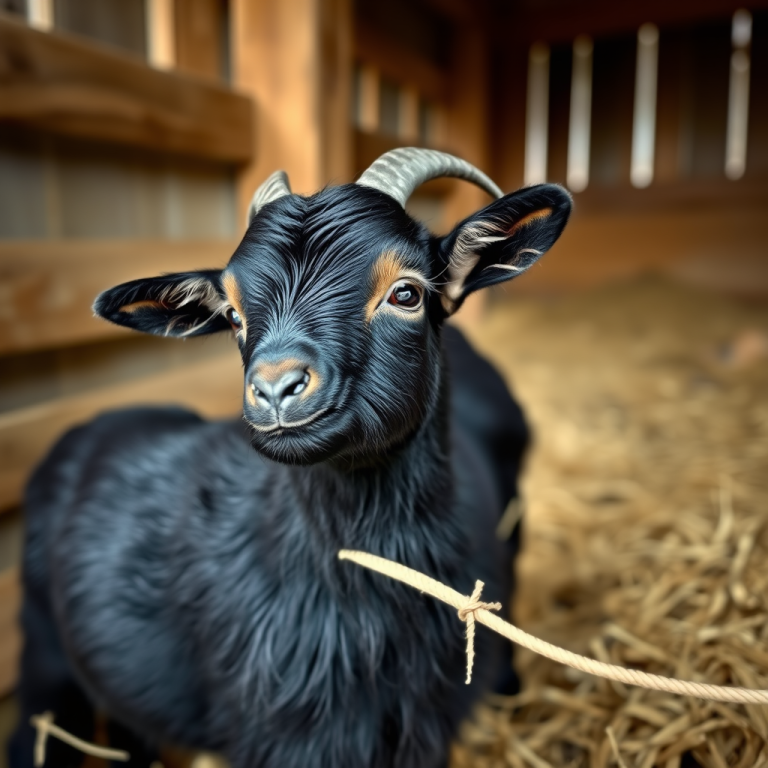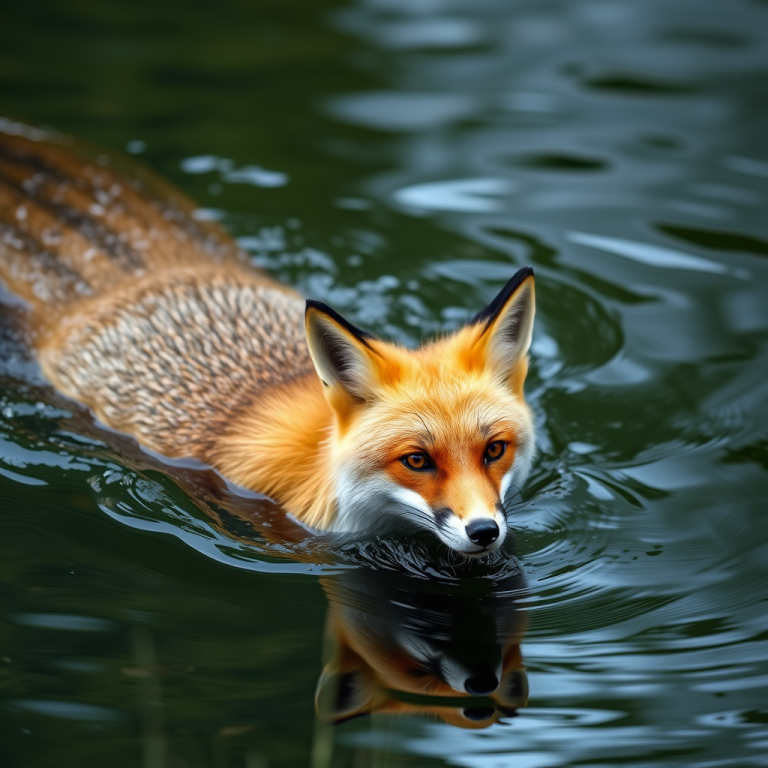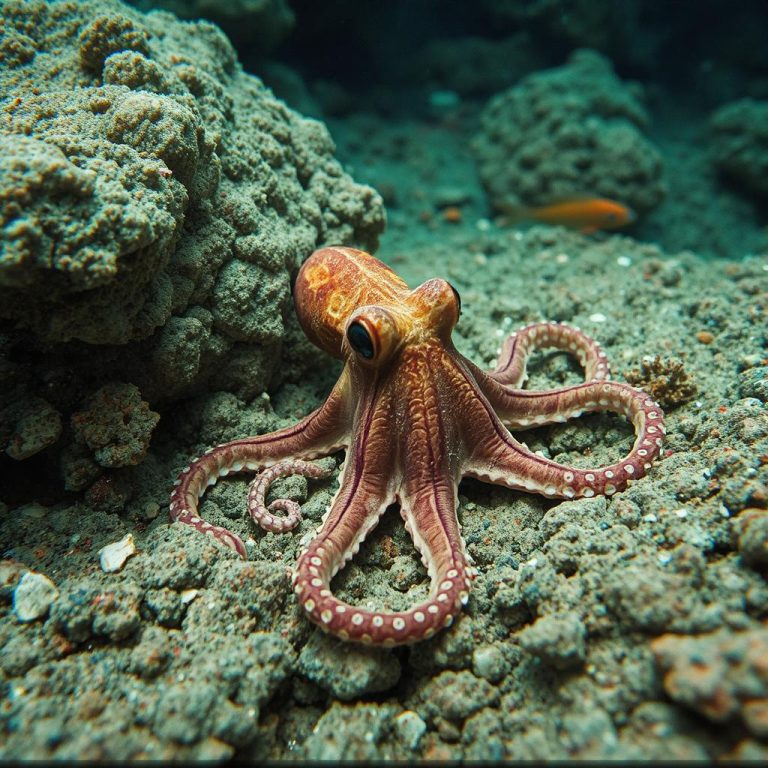Koalas: The Sleepy Climbers of the Eucalyptus Forest
Koalas are often mistaken for bears, but these sleepy tree-dwellers are actually marsupials, more closely related to kangaroos and wombats than to any bear. Native only to Australia, koalas have become global symbols of cuteness and calm, known for their round ears, big noses, and sleepy eyes. But behind their cuddly appearance lies a highly specialized animal with a unique way of life—entirely tied to the eucalyptus trees they call home.
An Expert in a Very Specific Diet
Koalas are dietary specialists, eating almost exclusively eucalyptus leaves—about 1 to 2 pounds a day. Eucalyptus is tough, low in nutrients, and toxic to most animals, but koalas have a highly adapted digestive system that filters out the toxins using a long cecum and powerful gut bacteria. They’re so dependent on this diet that they’re picky about which leaves they eat, choosing only certain tree species and even selecting specific leaves based on moisture and chemical content.
Built for the Trees, and Nothing Else
Koalas are almost entirely arboreal, meaning they live in trees nearly full-time. Their bodies are built for climbing: strong limbs, rough paw pads, and sharp claws give them excellent grip. They have opposable digits on their front paws for grabbing branches and a thick tail pad that helps them balance when sitting in forks of trees. On the ground, they look awkward and slow, but in the trees, they move with quiet precision and strength.
Marsupial Mamas and Joey Life
Koalas are marsupials, so they give birth to underdeveloped young—tiny, blind, and hairless. The newborn, called a joey, climbs into its mother’s pouch immediately after birth and stays there for about six months, drinking milk and developing in safety. After leaving the pouch, the joey will ride on its mother’s back for another six months, learning how to eat eucalyptus and adjust to the tree-top lifestyle. During this time, it consumes a substance called pap—a specialized form of the mother’s poop that helps seed the joey’s gut with eucalyptus-processing bacteria.
Why They Sleep So Much
Koalas are famous for their extreme sleep habits, clocking in around 18 to 22 hours of sleep per day. This isn’t laziness—it’s energy conservation. Their diet is so low in calories and high in toxins that their bodies spend most of the day digesting. By limiting movement, they save energy and allow their slow metabolism to keep up with their eucalyptus-heavy diet. Sleeping also helps them avoid the heat of the Australian day, as they are most active at night and during cooler hours.
Vocal and Territorial
Though they look peaceful, koalas are highly territorial and surprisingly vocal. Males, especially during mating season, emit loud, guttural bellows to announce their presence or warn off rivals. These sounds can carry across long distances in the forest. Both males and females use scent glands and scratching behaviors to mark their territory on tree trunks. Despite their sleepy reputation, koalas defend their home ranges and will fight if another koala enters their space uninvited.
A Species Under Threat
Koalas face serious challenges in the wild. Their populations have been declining due to habitat loss, urban expansion, bushfires, disease (notably chlamydia), and climate change. The 2019–2020 Australian bushfires devastated large portions of koala habitat, killing thousands and leaving survivors without food or shelter. In many areas, koalas are now considered endangered, and conservationists are racing to restore forests, create wildlife corridors, and protect remaining populations from further decline.
Human-Koala Coexistence
As koalas lose natural habitat, they increasingly appear in suburban areas—crossing roads, climbing fences, or resting in backyards. While some communities have embraced them, others pose unintentional dangers, including traffic, domestic animals, and fences that block tree access. Wildlife organizations now focus on building koala-safe infrastructure, educating the public, and tracking wild koalas through GPS collars and monitoring stations.
Final Thoughts
Koalas remind us that survival isn’t always loud or fast—it can be gentle, patient, and deeply rooted in place. They thrive not by outrunning threats, but by holding on to the branches of ancient forests that shaped them. As we lose wild spaces around the world, koalas become a quiet call to slow down, look up, and fight for the creatures who can’t speak for themselves. To save the koala is to stand for the idea that every peaceful life matters—even the ones that sleep all day.
If you’re curious about the wonders of wildlife, stick around—there’s a whole world to explore at Wonder of Wild.
